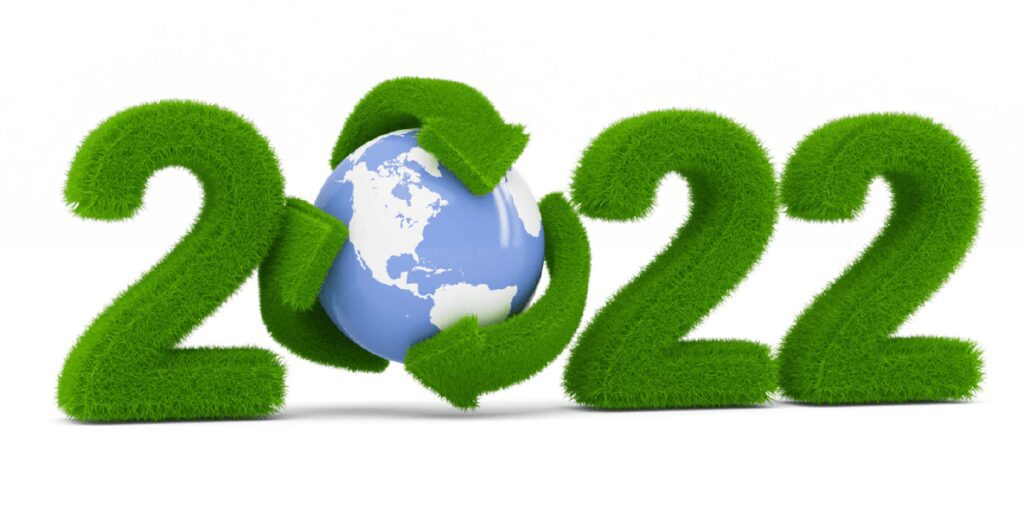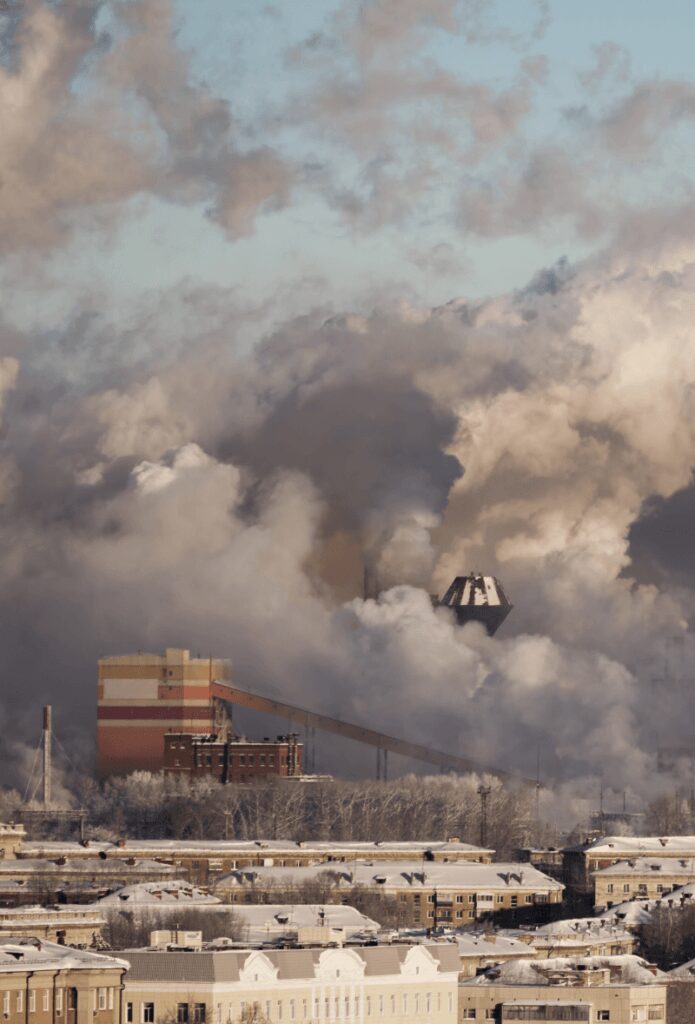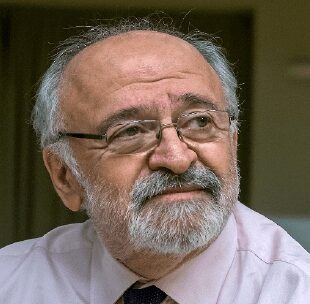It has often been said that humanity is fast approaching the perfect crisis, defined as the collapse of all major systems and consequently, finally, society. Scanning the news on any given day from the past few months (some will say years) confirms this to be so. Almost.
Because there is still a chance to redress the balance and avert total catastrophe. The puzzler humanity is called to resolve is two competing crises: the climate and the energy crisis.

The climate crisis is going from bad to worse on almost a daily basis. The frequency of extreme weather- related disasters has increased many- fold to the extent that “extreme” is now accepted to be the new normal. Accounting for the causes of these disasters with reference to “once in 50 or 100 years” events has also lost its meaning as they happen within months from each other.
Regarding the costs associated with the disasters, they are seriously exceeding predictions made by the insurance industry which is creating big concerns and hassles for both insurer and insured. The Pakistan floods alone cost one-third of the annual climate financing of 100 billion dollars, pledged but, of course, yet not delivered.

The rightfully respected by the scientific community, World Resources Institute, has issued a state of the world report, just before COP27, in an effort to define the real task, beyond political empty speeches and never to be delivered pledges. The report is based on the known by now to the informed reader, NDCs, the 2030 countries’ climate commitments, known as nationally determined contributions, which constitute the building blocks of our global climate plan to arrest and eventually reverse climate change.
The rightfully respected by the scientific community, World Resources Institute, has issued a state of the world report, just before COP27, in an effort to define the real task, beyond political empty speeches and never to be delivered pledges. The report is based on the known by now to the informed reader, NDCs, the 2030 countries’ climate commitments, known as nationally determined contributions, which constitute the building blocks of our global climate plan to arrest and eventually reverse climate change.
Here are some of the WRI’s findings, the most critical in our discussion:
- Despite some progress, countries must reduce emissions at least 6 times as much as current pledges. Current levels of climate finance are insufficient for implementing even a subset of NDCs.
- 81% of NDCs seek to increase renewable energy, but few explicitly aim to reduce fossil fuel consumption.
- NDCs prioritize electric mobility but don’t include other critical measures to reduce transport emissions.
- Only 15 of the 119 Global Methane Pledge signatories include a specific, quantified methane-reduction target in their NDCs.

If we wanted to condense the essence of the above findings in one sentence it would be: “immediate and drastic reduction in fossil fuel use” a no brainer.
However, it will be an understatement to say that, obviously at the moment we are doing exactly the opposite. We are pouring gasoline onto an open wildfire. Literally.
The frantic search for new fossil fuel solutions to replace the old fossil fuel solutions is really a dead end because it won’t really solve the energy crisis while it will fuel the climate crisis. And most of those in pursuit of this solution know it.
The energy crisis is begging for an immediate solution as populations used to an excess of comparatively cheap (heavily subsidized) fossil fuel energy supply are facing a winter with the prospect of rationed energy and infuriating advice to wear an extra pullover.
Politicians are therefore willing to embrace fossil fuel replacement strategies because they value their reelection now more than they do the unspecified in time and place climatic effects in the years to come. This is why we say that a perfect crisis is brewing. Is there a way out?
There is always a way out, but it depends on the criteria and the targets used.
Is there one sustainable solution that can address both crises?
Of course, there is.
Energy savings, energy efficiency, Renewable energy sources, Hydrogen, Biofuels, and Storage can meet 100% of humanity’s energy needs many times over in the most sustainable way possible.
Is that possible today? No, but it’s possible tomorrow if we stop wasting time.
And although it’s not polite to say, “I told you so”, “we did tell you so, time and again.”
For decades the scientific community is predicting the course of the climate crisis and is prescribing the solutions. For decades short-sighted, stubborn corporations and governments downplayed the importance and the urgency of the messages.
Stop for a moment to think that, had they responded correctly and timely to the climate crisis, today there wouldn’t be an energy crisis.
It is not for this post to point fingers. But moving past that we must ask for the immediate implementation of the only sustainable solution available. It may not solve the energy crisis this coming winter, but it will certainly smooth out the following years and finally eradicate the energy crisis for good.
And guess what: it can solve the social injustice crisis that is getting worse as we continue to base our economies on heavily subsidized fossil fuels. Yes, we mean the provision of affordable and clean energy to the 1 billion of our fellow citizens who currently lack it. Because drawn into the energy crisis vortex, we keep focusing on our own energy fate for the next 1-2 years and we completely put out of our selfish minds that 1 billion people have been living without energy forever. The same sustainable recipe will give the much-needed solution for them, provided we incorporate climate justice into our agenda.
Which agenda?
But of course, COP27’s agenda.
The minimum outcomes of COP27 are, toping up and ensuring immediate payment of Climate Financing and setting into immediate motion a Loss and Damage Financing Facility. Else COP27 will resemble just another greenwashing party and that is one thing nobody wants.
“While the Paris Agreement established three global goals — limit global temperature rise to well below 2 degrees C (3.6 degrees F) and ideally 1.5 degrees C (2.7 degrees F), promote adaptation and resilience, and align financial flows with low-emissions, climate-resilient development — NDCs are the foundation. In its NDC, each of the Paris Agreement’s 194 Parties” must lay out its aims to reduce emissions. Many also include plans for adapting to climate impacts and the financial requirements needed for implementation.
Countries must strengthen their NDCs on a regular, five-year cycle. Most submitted their initial commitments in 2015 and updated them by 2021. A new, stronger round of NDCs is due in 2025.
WRI’s Climate Watch platform tracks more than 200 indicators on all NDCs. The new State of NDCs report analyzed this data to draw out key trends and evaluate where the NDCs now stand. The key takeaway? Countries are making incremental progress on strengthening their NDCs, but what we really need to achieve the goals of the Paris Agreement is urgent transformational change.
- Despite some progress, countries must reduce emissions at least 6 times as much as current pledges.
- Countries are strengthening adaptation plans, but progress must speed up and expand.
- Current levels of climate finance are insufficient for implementing even a subset of NDCs.
- Around 50% of developing countries include loss and damage in their NDCs.
- 81% of NDCs seek to increase renewable energy, but few explicitly aim to reduce fossil fuel consumption.
- Most NDCs include measures addressing forests and land use, but quality varies.
- NDCs prioritize electric mobility but don’t include other critical measures to reduce transport emissions.
- Only 15 of the 119 Global Methane Pledge signatories include a specific, quantified methane-reduction target in their NDCs.
- NDCs increasingly recognize the importance of a just transition.
Dr. Ioannis Tsipouridis
Director,
RECCReC
Prof. Haris Doukas























